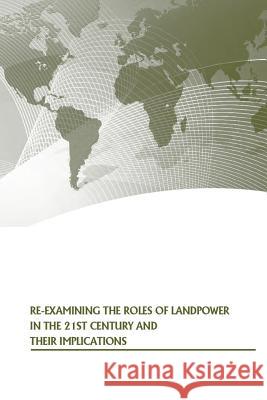Re-examining the Roles of Landpower in the 21st Century and Their Implications » książka
Re-examining the Roles of Landpower in the 21st Century and Their Implications
ISBN-13: 9781505563641 / Angielski / Miękka / 2014 / 68 str.
After 13 years of prolonged ground combat, a weary American public is leery of further interventions requiring land forces. Shifting geostrategic conditions, such as a revanchist Russia and a rising China, reinforce this reluctance. At the same time, technological innovation once more offers the chimera of war from a distance that does not endanger land forces. Nonetheless, at some point, a highly volatile international security environment will place U.S. national interests at risk, requiring the use of military power. Given the increasing rise of interdependence among all components of military power (air, cyberspace, land, sea, and space), a better understanding of Landpower is essential if national leaders are to have a full range of policy options for protecting and promoting those interests. Landpower, "the ability-by threat, force, or occupation-to gain, sustain, exploit control over land, resources, and people," stems from a country's geostrategic conditions, economic power, population, form of government, and national will. The military elements of Landpower include a country's ground forces, the institutions that generate and sustain those forces, and the human dimension-intelligent, highly adaptable, and innovative individuals-so vital to the successful employment of Landpower. Landpower offers policymakers tremendous utility in peace, crisis, or war, as it can defeat, deter, compel, reassure, engage, and support the nation. Within each of these roles, as well as across them, Landpower can carry out the broadest range of military operations. This versatility across the spectrum of conflict offers national leaders the greatest number of effective policy options.
Zawartość książki może nie spełniać oczekiwań – reklamacje nie obejmują treści, która mogła nie być redakcyjnie ani merytorycznie opracowana.











